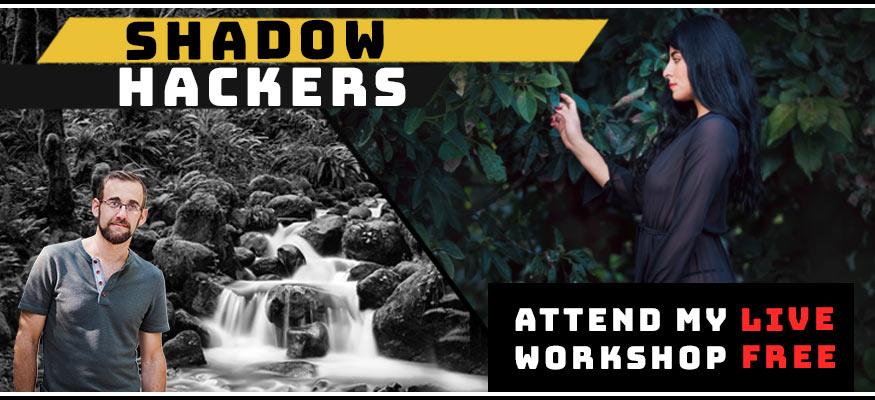By Gavin Seim
Simplicity is key to a great photograph. It turns even complex scenes into stunning beauty by controlling elements, light, and tone.
It’s not about how much is in a photograph. It’s about how we showcase our subject in relation to that supporting cast of elements. Now I’m not suggesting the images I show are “perfect.” It’s rare that I get everything dead on, and I can always find something I should have done better. But truly understanding and mastering these elements WILL raise the bar on our images and allow us to see in a new way.
1. Visualize.
Everyone says they’re doing it, but few actually are. You should truly “see” the scene in your mind’s eye; not what’s in the viewfinder but the finished image after the exposure, even after editing. You should see the image you want after the process is finished. It’s fairly simple, but in the rush we often fail to slow down and think carefully about the lines, elements, and tones in our scene. That’s one reason why I love working with a tripod. It takes my focus away from holding a camera and puts it on the scene in front of me.
Ansel Adams said, “The whole key lies very specifically in seeing it in the mind’s eye which we call visualization.”

2. The Light & The Zones.
Expose for what you want in your image, not what the camera sees. This goes right along with visualization, and the Zone scale is the best way I know of, both to visualize and to control values. It allows us to see in our mind’s eye the Zones in a scene and place them where we want, using exposure, and finally tonal edits. For more on detailed tonal value control, see the counter article to this one, 3 Critical Elements of Controlling Tonal Values.

3. Simplify Your Scene.
A great photo nearly always has just one subject. Everything else is supporting cast and should only add to that subject. Remove clutter, and think about details. Observe where the edges of your frame are and how they lead the eye, how lines intersect and guide the eye. Does the crop bounce the viewer’s eyes back into the frame or let them wander out. Removing clutter can be in how you control tonal values. It can mean picking up a beer can, or cropping the image to exclude it. It can mean taking the step sideways so that branch now frames your subject, rather than distracting from it.
Matt Hardy said, “Beauty can be seen in all things; seeing and composing the beauty is what separates the snapshot from the photograph.”

4. The Processing.
Digital photography is very cool, and we have a lot of tools to manipulate it. But as photographers, it’s easy to get enamored with tools and forget that they’re just tools. They cannot visualize for you, and they cannot be creative. YOU need to have your own idea for your image (your visualization), and YOU need to make it sing. Remember to use tools as tools, not working with the latest fad, but learning to make an image that fulfills your vision of the scene.
Fred Picker said, “A sloppy performance in a photograph is as distressing as a sloppy performance in music.”

5. Tonal Control.
Tonal control is probably the most important aspect of the editing process, but it often gets ignored. Sure, it can start with presets, then with tweaking color channels and working to place each part of the scene in tonal area where it belongs. But the best images usually end with a quality burn and dodge. The burn and dodge tool is the world’s underused tool for controlling tonal values in photos. It’s magical.
Do not use it sparingly. Good dynamic range or effects are generally useless you can see everything equally. A great image needs the simplicity of a main subject and a subdued supporting cast. From basic burn and dodge in Lightroom, to the much more powerful lights, shadows, and mid-tone burn and dodge in Photoshop. BD is the tool that can make vast impact and make an image simple and powerful. As a shameless plug, this is something I show in detail inside my HDR Magic video workshop.
Ken Whitmire said,“’Tone’ may be the least understood, and least utilized factor in composing and finishing images”
That’s all for today. Have fun and get those images simply perfect.
Gavin



Nice breakdown, I think many times photographers need to take a step back and thing about their process and the elements that make an image.